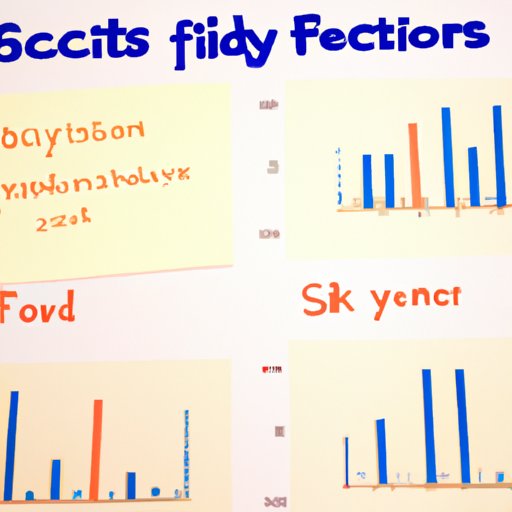Introduction
A well-crafted conclusion is an essential part of any science fair project. A good conclusion will leave the reader with a lasting impression, summarizing the results of the project and its implications. This article will explore the key points to include in a conclusion for a science fair project, offer tips for writing an effective conclusion, and discuss how to use the conclusion to recommend further research.

Key Points to Include in the Conclusion
The conclusion of a science fair project should summarize the results of the experiment and draw conclusions from the data. It should begin by restating the project’s hypothesis or goal, followed by a brief overview of the results. The conclusion should then explain how the results support the hypothesis, or why the hypothesis was not supported.
For example, if the hypothesis was “I believe that increasing the amount of fertilizer given to plants will increase their growth rate,” the conclusion should explain whether the experiment supported or refuted this hypothesis. If the experiment showed that plants grew faster when given more fertilizer, the conclusion should explain this result and note its implications. If the experiment showed that plants did not grow faster when given more fertilizer, the conclusion should explain why this might be the case.
Tips for Writing an Effective Conclusion
When writing a conclusion for a science fair project, it is important to make it concise and clear. Avoid introducing new information in the conclusion, and focus on summarizing the results and drawing conclusions from them. Also, strive to use precise language, so that the reader understands the results and implications of the experiment. As Dr. Karen J.L. Burg, a professor of biological sciences at the University of South Carolina, explains, “In scientific writing, precision and clarity are paramount.”
Recommend Further Research
The conclusion of a science fair project can also be used to recommend further research. For example, if the experiment did not produce the expected results, the conclusion can suggest possible explanations for this outcome and recommend additional experiments to test these hypotheses. Additionally, the conclusion can suggest related topics for further study. For instance, if the experiment studied the effects of fertilizer on plant growth, the conclusion could suggest researching the effects of other factors, such as light or water, on plant growth.
Conclusion
Writing a well-crafted conclusion for a science fair project is essential for leaving a lasting impression with the reader. The conclusion should summarize the project’s results and draw conclusions from the data, while avoiding the introduction of new information. Additionally, the conclusion can be used to recommend further research, based on the results of the experiment. By following these tips, students can craft effective conclusions for their science fair projects.
(Note: Is this article not meeting your expectations? Do you have knowledge or insights to share? Unlock new opportunities and expand your reach by joining our authors team. Click Registration to join us and share your expertise with our readers.)
